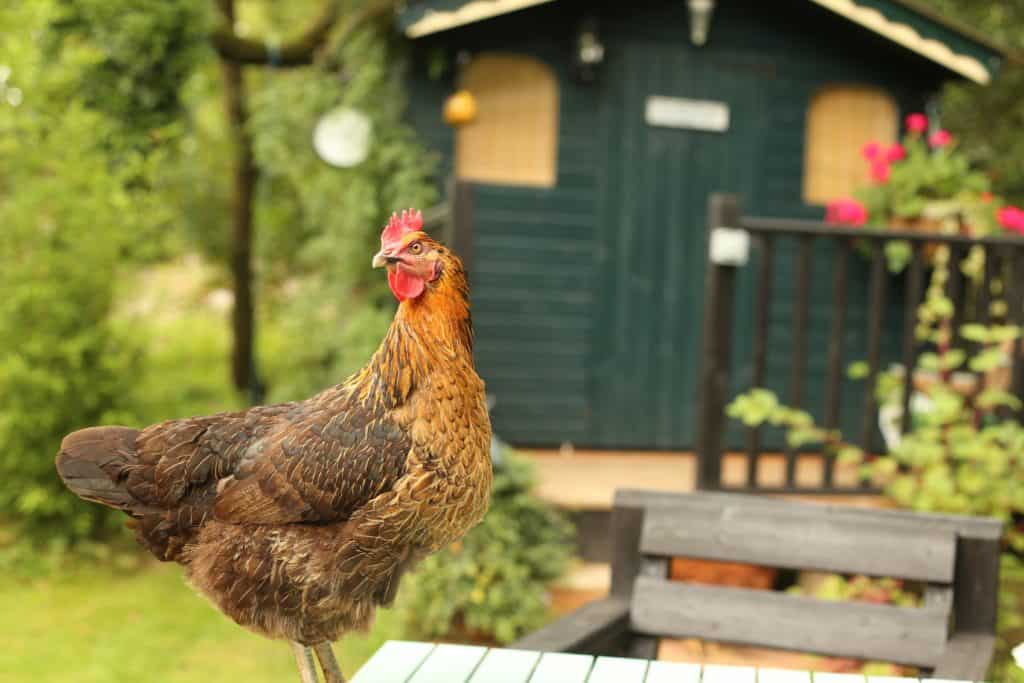As the world inches closer to an overall population of 8 billion, the issue of sustainability is becoming even more relevant. CNN reports that overpopulation contributes to numerous environmental and social problems, including resource depletion, pollution, and malnutrition. Creative solutions are needed to help combat the effects of overpopulation before it’s too late.
For instance, where will we house this growing population? The answer may lie with the tiny house movement. The idea behind tiny home communities is simple: Reducing house size and rent/mortgage costs while fostering community ties and helping to combat housing insecurity.
Our homes of the future will embrace minimalism and take up less space than the sprawling suburban homes of the past. Tiny houses will also help you cut down on resource consumption, by a wide margin. Rather than filling a large home with furniture and possessions, tiny home living requires that you downsize to only the most needed, useful items. What’s more, the smaller size of tiny houses greatly helps you conserve energy and cut down on overall expenditure of gas, electricity, and home maintenance.
Cost Benefits of Tiny Homes
While there isn’t an official size standard of what constitutes a tiny home, generally speaking, they comprise less than 400 square feet. In comparison, a typical American single-family home encompasses more than 2400 square feet. And that large size comes with additional expenses that are relatively non-existent when you live in a tiny home.
For example, there are likely hidden costs when you’re buying a typical home. Along with a down payment, mortgage, property tax, and homeowners’ insurance, you have to factor in the cost of lawn maintenance, HOA fees, and even time spent on repairs and upkeep. The more compact size of a tiny home helps you reduce all of those expenses and time constraints, giving you more free time to spend with friends and family, or pursuing hobbies. You may add to your home’s sustainability by planting an edible garden, or diving into animal husbandry by raising chickens, for either meat or eggs.
Other benefits to tiny home living include significantly reduced heating and cooling costs, as well as a reduced need for basic home components. And those utility savings translate to more than just a fatter wallet — your carbon footprint is significantly decreased when you have a much tinier living space.
Tiny House Component Ideation
One of the biggest perks of tiny home living is the possibilities at your disposal during the construction process. Even though there’s much less space to fill, tiny homes can be tailored to your specifications, especially where factors like water and energy consumption are concerned. You can also customize the living space to make the entire home more sustainable, from choosing Energy Star-rated kitchen appliances to constructing a compact, eco-friendly office space.
To achieve the ultimate in energy efficiency within your tiny home, consider your options carefully. You may choose to remain tied to your city or township’s power grid and still see significantly reduced power bills compared to a typical home. For instance, the average number of light bulbs found in a typical single-family home is around 40, whereas a tiny home only requires 4 to 5 bulbs on average. Energy experts estimate that light bulbs account for about 20% of a home’s energy consumption.
But tiny home living also opens you up to the realm of alternative energy, including wind and solar power. Depending on your geographic location, one form of alternative energy may be preferable over another. Desert climates, for example, may be better suited for solar panels. You also need to be aware of zoning regulations in your area, specifically when it comes to home windmills. There may be structure height limits where you live, which may make it impossible to construct an efficient wind power generator.
The Wave of the Future
While tiny houses allow you to live more sustainably, especially as you become more mindful of the number of possessions you own and the resources you consume, they aren’t the only player in the alternative housing game. Many other types of alternative housing are beginning to make waves, as more and more people look for solutions to the housing crisis that’s currently affecting America. Fortunately, these alternatives also tend to be eco-friendly and influenced by sustainable ideals.
Alternative housing ideas in addition to tiny homes include yurts, which are typically portable and resemble a dome-like tent, at least from the outside. The inside of yurts, like tiny homes, can be customized and even made to feel like a luxury apartment. And it may come as a surprise, but manufactured homes are also a more sustainable living option than traditional home structures. They comprise much less square footage, and mobile home park lots are typically much smaller than the expansive yards that surround suburban homes.
Time will tell if tiny homes can help house the growing number of people on the planet, or even make a significant impact in reducing the effects of climate change. But on a small scale, they are definitely a viable option if you want to reduce your personal carbon footprint and consume fewer resources overall.
